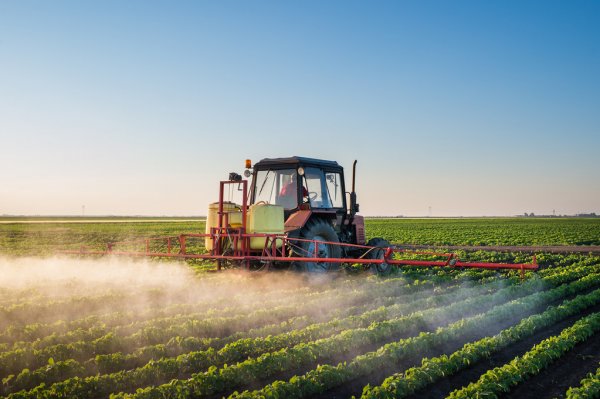
Conquering the Fields: A Guide to Operating and Maintaining Your Tractor
The tractor, that mighty steed of the agricultural world, rumbles through fields, a symbol of human ingenuity and the power to transform barren land into bountiful harvests. But like any trusty steed, mastering its operation and maintenance is key to a safe, efficient, and productive partnership. So, buckle up, farmers, and let’s delve into the world of tractor operation and care, ensuring your fields flourish under the watchful eye of this mechanical marvel.
Taking the Wheel: Mastering Tractor Operation
Before you charge into the field, a thorough understanding of your tractor’s controls and capabilities is crucial. Familiarize yourself with:
- Basic controls: Steering wheel, pedals, levers, and gauges (engine RPM, temperature, fuel level).
- Hitches and attachments: Different implements like plows, planters, and trailers require proper attachment and operation.
- Safety protocols: Always wear appropriate gear, follow load limits, and be mindful of blind spots and turning radius.
Practice Makes Perfect:
Don’t jump straight into heavy workloads. Find a safe, open space to practice maneuvering, turning, and attaching implements before tackling real-world challenges. Remember, confidence comes with experience, and a controlled environment is the best teacher.
Maintaining the Machine: A Stitch in Time Saves Nine
Your tractor is a complex machine, and regular maintenance is its lifeblood. Here are some key practices:
- Pre-operation checks: Before each use, inspect tire pressure, fluid levels, and oil leaks. Listen for unusual noises or vibrations.
- Cleaning and lubrication: Regularly clean the engine, chassis, and implements to prevent rust and ensure smooth operation. Lubricate moving parts as per the manufacturer’s instructions.
- Seasonal maintenance: Schedule regular tune-ups and service with qualified technicians to ensure optimal performance and prevent major breakdowns.
- Recordkeeping: Maintain a logbook to track maintenance schedules, repairs, and performance notes. This helps identify potential issues and schedule preventive measures.
Safety First, Always:
Never underestimate the power and potential hazards of a tractor. Always prioritize safety:
- Wear appropriate gear: Closed-toe shoes, gloves, and eye protection are essential.
- Be aware of your surroundings: Watch for children, animals, and other obstacles while operating the tractor.
- Never operate under the influence: Alcohol and drugs impair judgment and increase the risk of accidents.
- Follow all safety protocols: Never overload the tractor, avoid steep slopes, and use caution when maneuvering near ditches or embankments.
Beyond the Machine: A Sustainable Partnership
Remember, your tractor is a tool, not a conqueror. Sustainable farming practices go hand-in-hand with responsible tractor use:
- Minimize fuel consumption: Plan your routes efficiently, avoid unnecessary idling, and choose fuel-efficient tractors when possible.
- Reduce soil compaction: Use proper tire pressure and implement settings to minimize soil damage.
- Precision agriculture: Utilize GPS technology and data-driven techniques to optimize tractor operation and resource use.
By mastering its operation and maintenance, you can transform your tractor from a mere machine into a reliable partner in your agricultural journey. Remember, safety is paramount, sustainability is key, and with dedication and care, your tractor can become a force for good, cultivating not just bountiful harvests, but a thriving and sustainable future for your land.